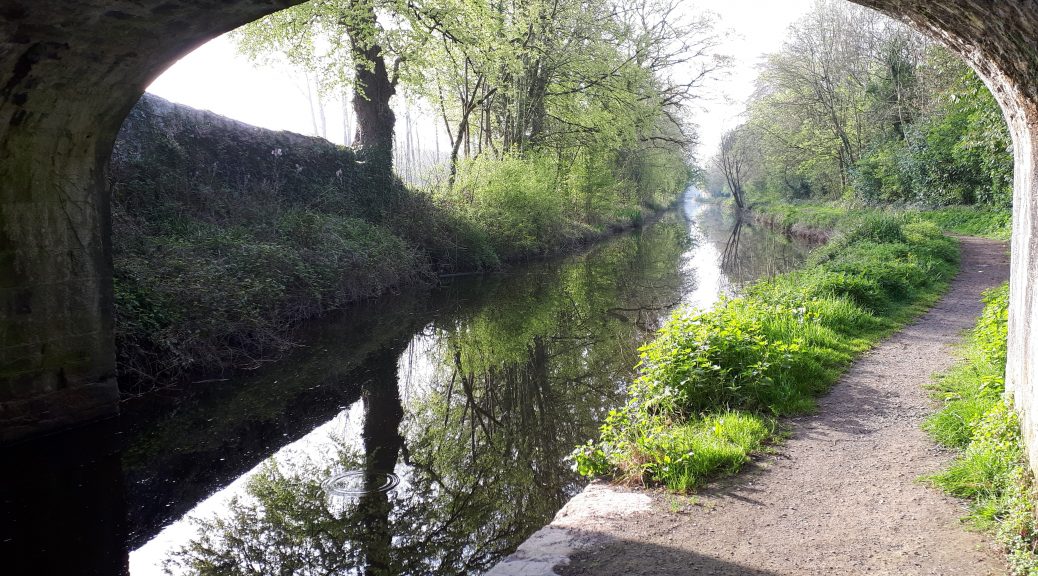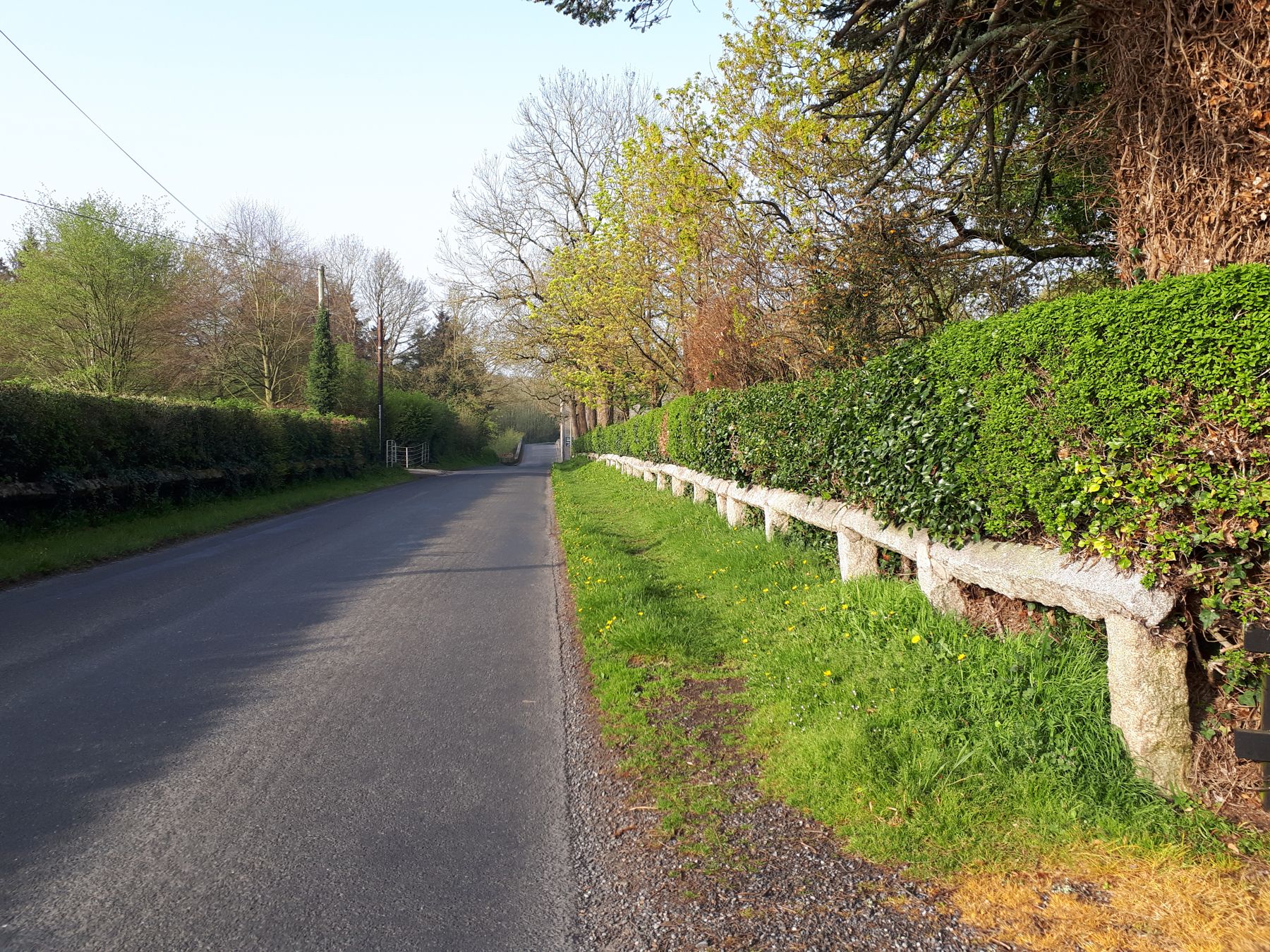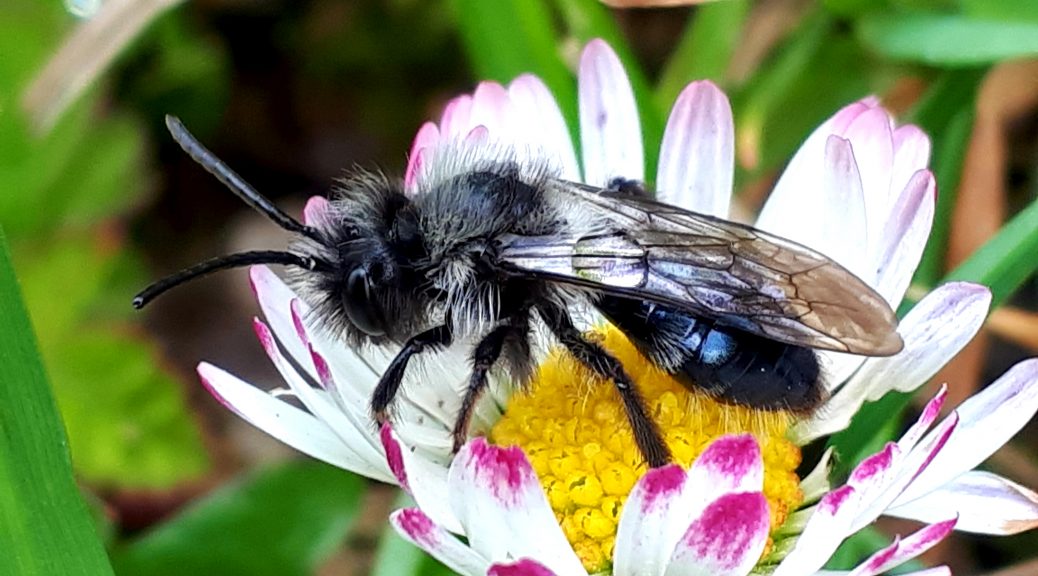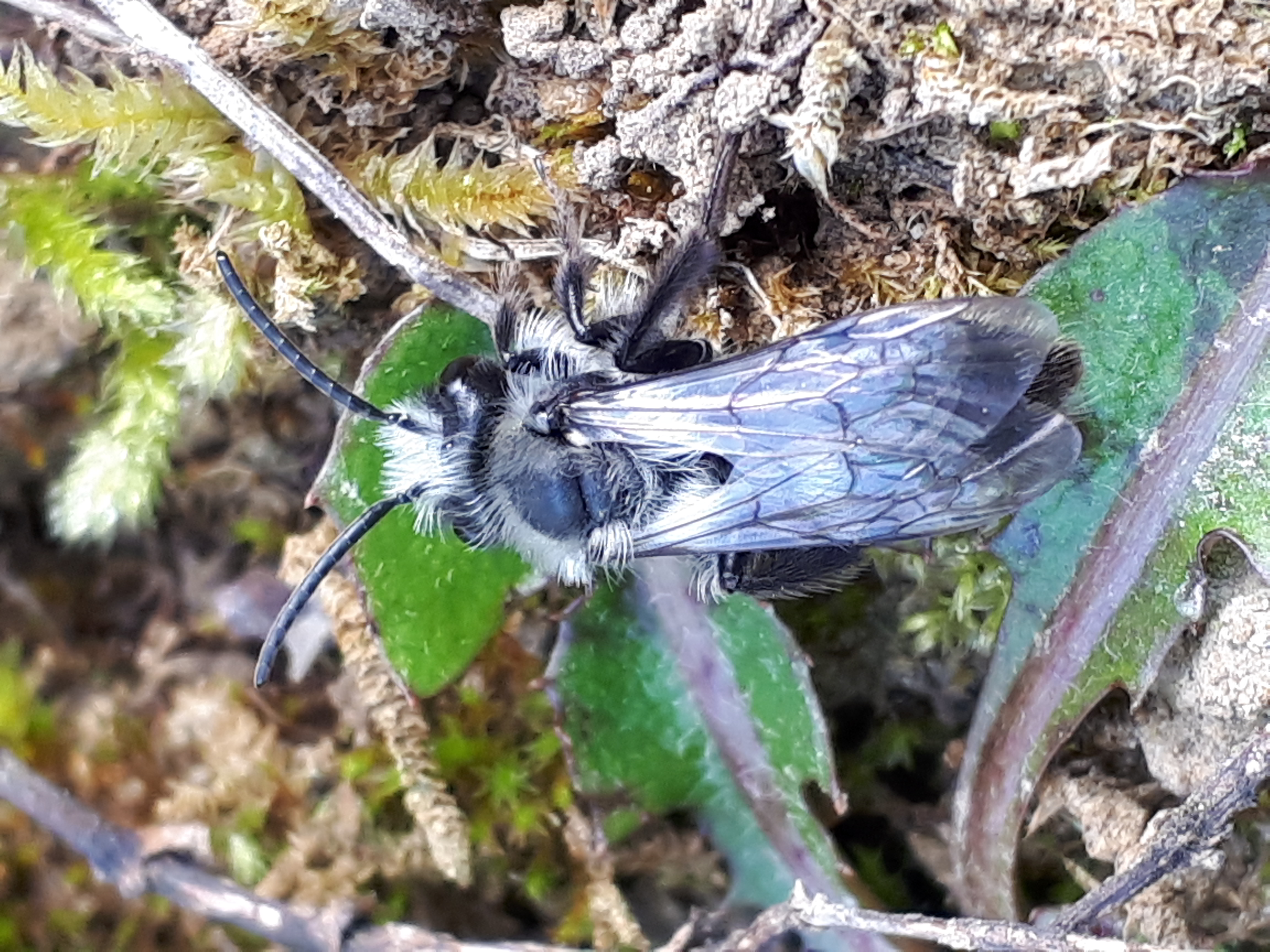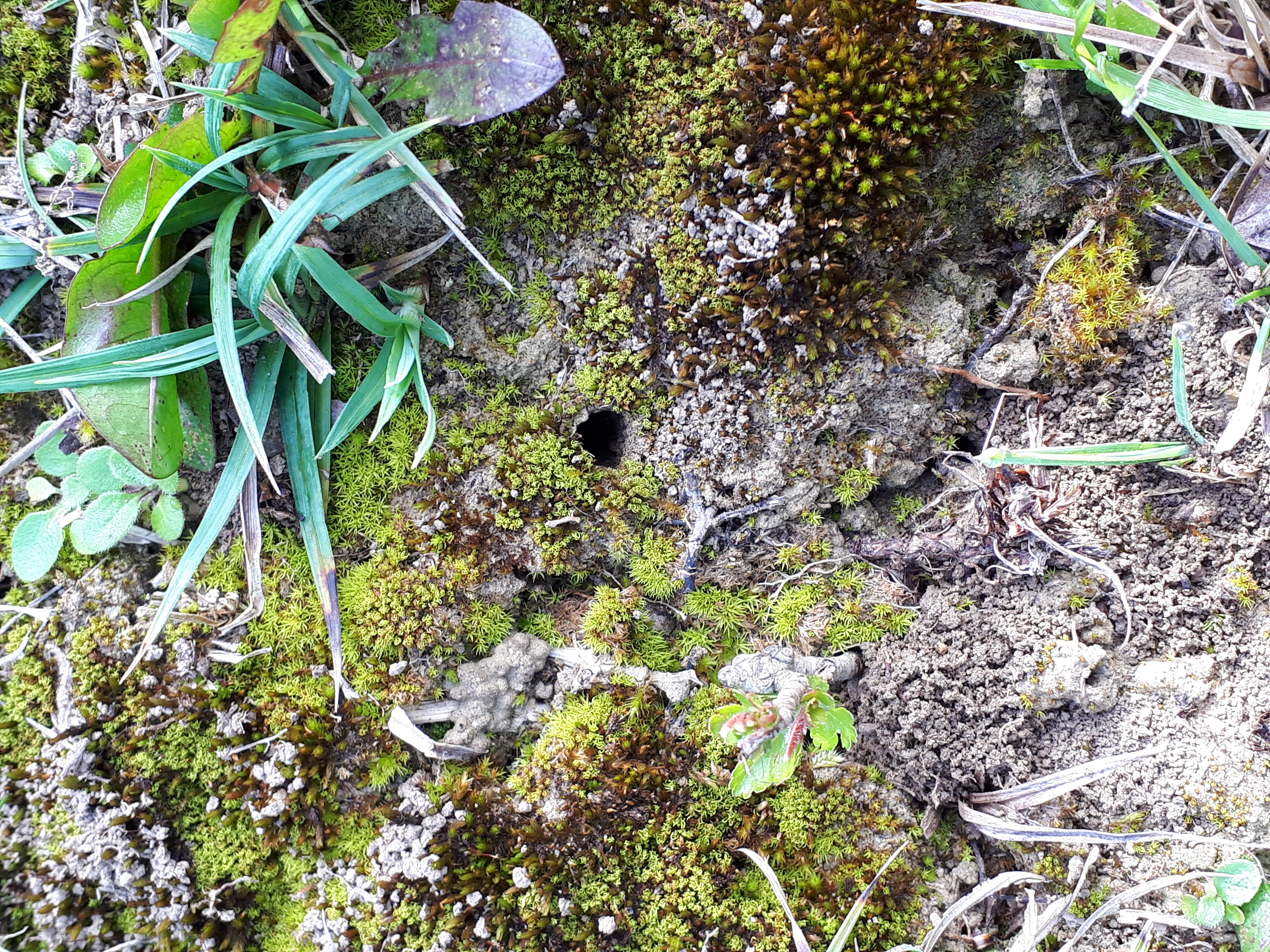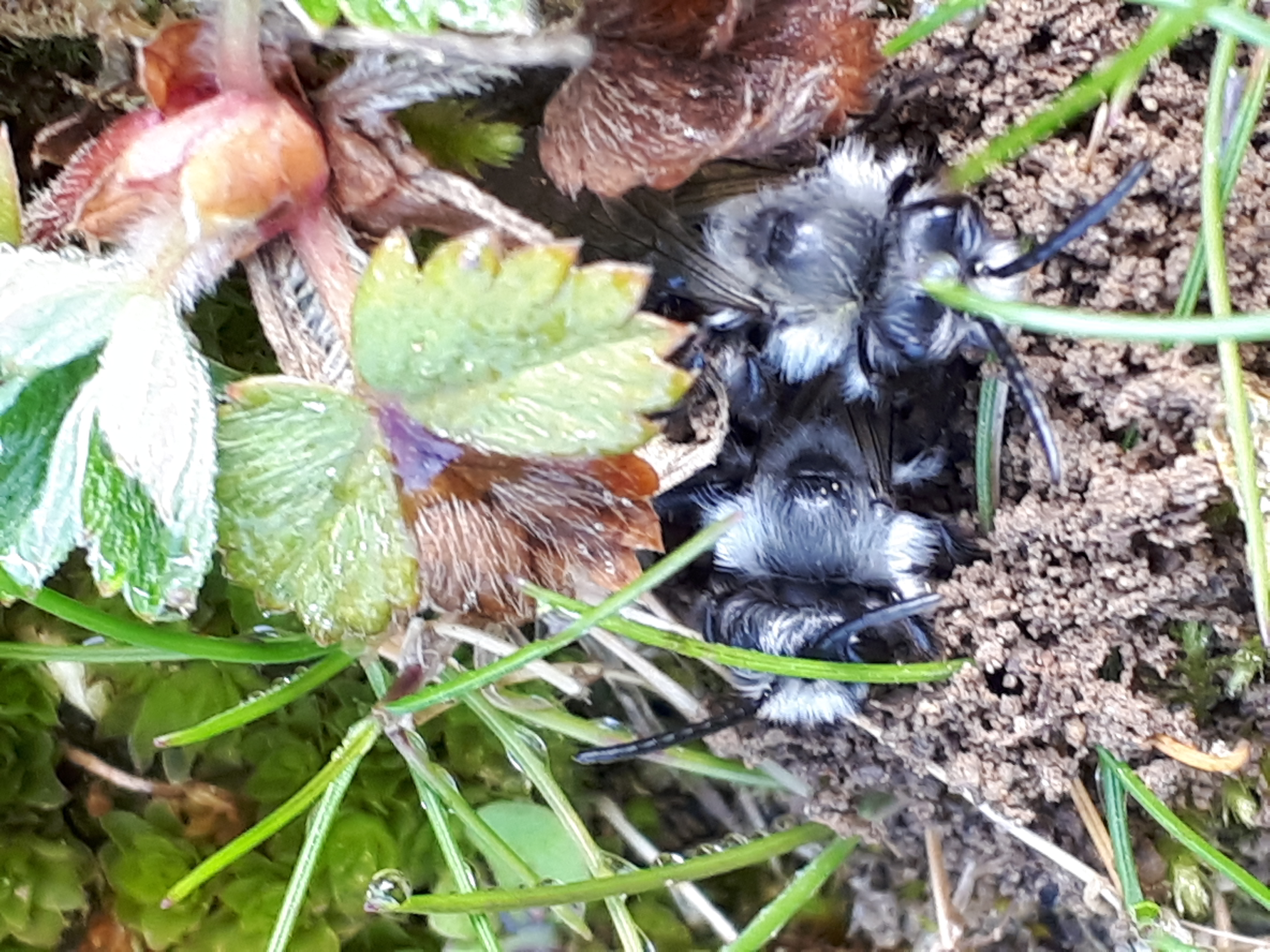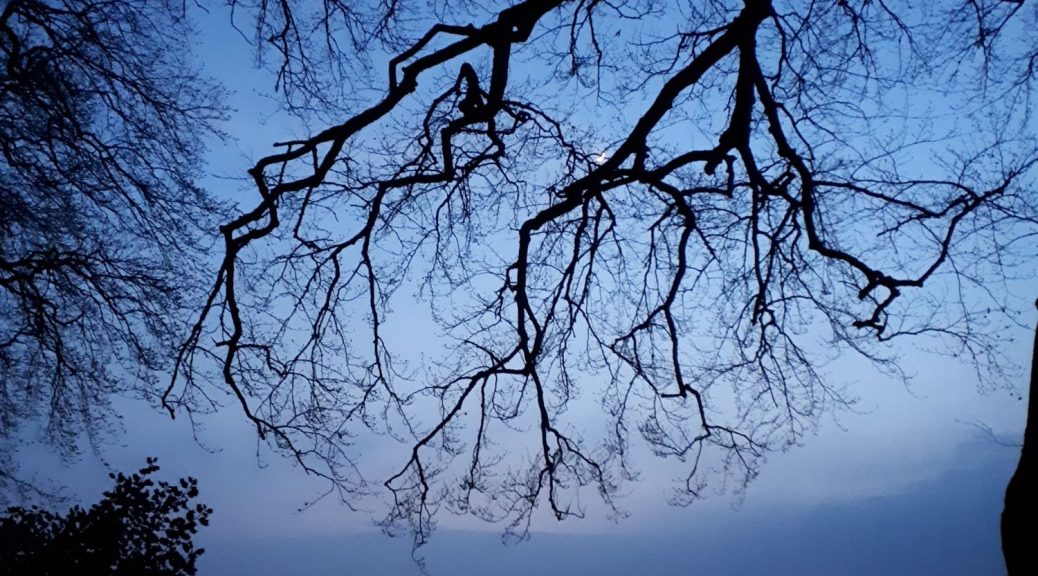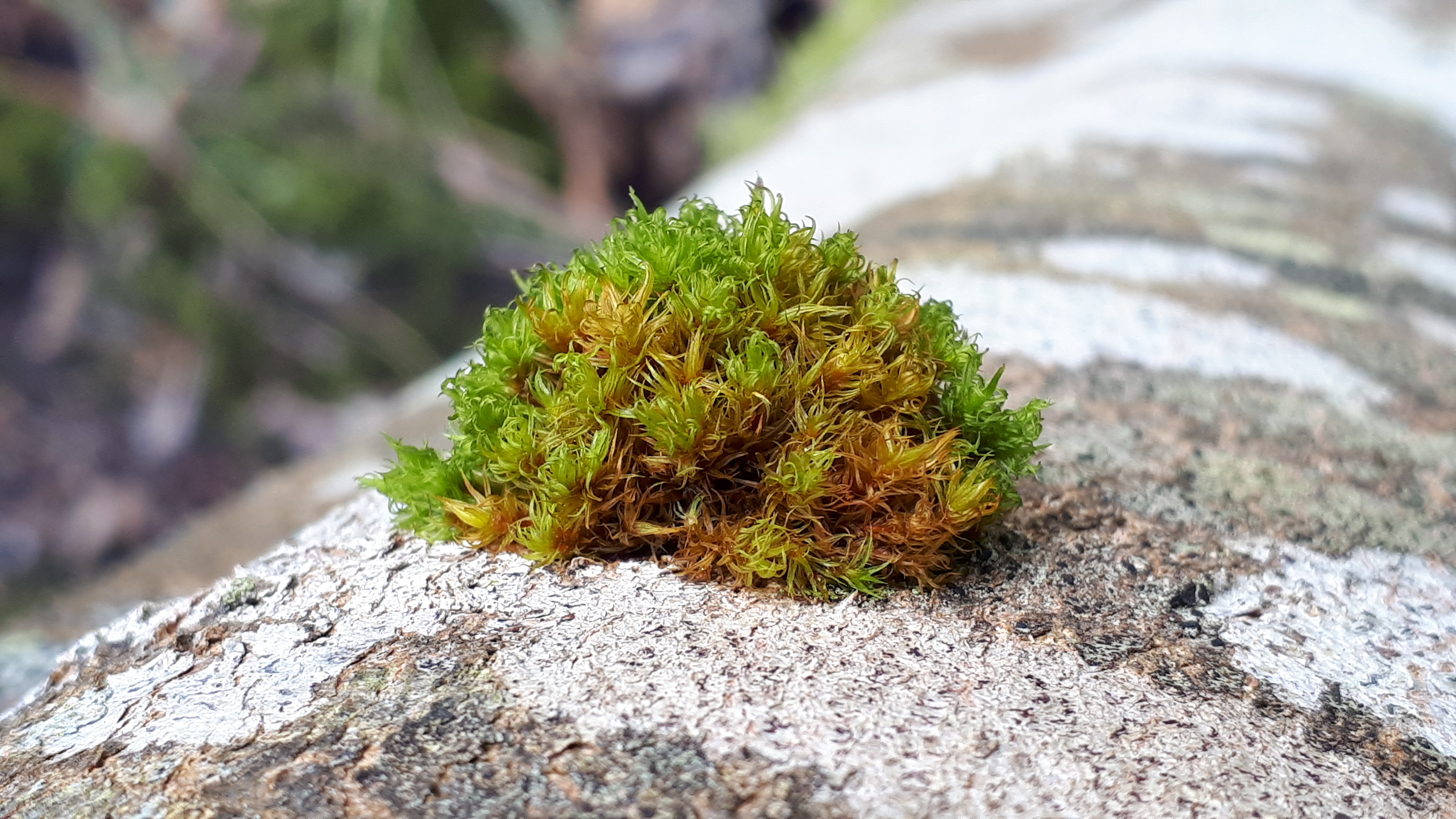 14th March – The Corona Virus is a real worry, but as long as my family and I stay healthy I have the pleasure of still being able to get out into the fresh air and enjoy the countryside. It’s a cool windy day; not quite raining, just damp and no more than about 8 degrees. The dog is getting restless for he knows it is time for a walk. I decided to visit Glencoum, an afforested hill a few kilometres south of where I live. I walk my butterfly transect here each year, and it is one of my regular haunts for in Kilkenny, there are surprisingly few areas where it is free to walk off-road.
14th March – The Corona Virus is a real worry, but as long as my family and I stay healthy I have the pleasure of still being able to get out into the fresh air and enjoy the countryside. It’s a cool windy day; not quite raining, just damp and no more than about 8 degrees. The dog is getting restless for he knows it is time for a walk. I decided to visit Glencoum, an afforested hill a few kilometres south of where I live. I walk my butterfly transect here each year, and it is one of my regular haunts for in Kilkenny, there are surprisingly few areas where it is free to walk off-road.
Today, my dog and I had the place to ourselves. I walked the route of my butterfly transect to check it out before the monitoring season begins. It’s a two kilometre loop through the forestry along a forest track. I was surprised that there were so few signs of spring, certainly far fewer than visible at lower elevations. The leaves of the honeysuckle are well out and the larch leaves are just breaking free of the twigs. But other than these there was little fresh growth. Even the birds were mute today. Just a couple of chaffinch, blue tit and goldcrest calling, with the only song coming from a couple of Robins. Glencoum is a favourite place of mine. It has been planted with sitka spruce but there are areas too of mixed woodland around the perimeter. Birch, oak, larch, willow and hazel grow here, and there is even a line of sweet chestnut trees and some horrible leylandii. The leylandii is spreading, closing in on the path, and in places little saplings are growing. I spent a few minutes pulling out a dozen or so young plants from the path that I had missed in autumn, the last time I weeded here. I am intrigued how this combination of trees came to grow here. The sitka spruce were certainly planted, but the others must be the remnants of older woodland, but even this wouldn’t explain the sweet chestnut or leylandii.
I am somewhat fascinated by Glencoum. Trees were planted here on what used to be dry heath. The forest paths created by infilling with shattered shale, retain some of the characteristic of dry heath, and are surprisingly biodiverse in summer. Knapweed and Bird’s-foot trefoil grow in profusion along the tracks, and these in turn support a wonderful insect life. I can rarely identify any of the masses of hoverflies and other flying and crawling creatures that I see here in summer, but for me, seeing dingy skipper and common blue butterflies flying low over the ground in spring is a real delight. Then in late summer, when there is a flush of vanessid butterflies (the peacocks, red admirals, painted lady and small tortoiseshells) sometimes butterflies are so numerous it makes counting them difficult. There is no doubt but these paths are important for biodiversity, yet, take a few strides off the path into the forestry plantation and it is a dramatically different picture. Shade and a dreary understorey of moss and the odd fungus the only real signs of biodiversity between the spruce trunks. It is not true to say that these forests are sterling. But it is true to say that it is hard to think of any other type of forestry that would have less biodiversity associated with it. And I know that soon the clear-felling machinery will move in causing utter destruction to the landscape, soil and water.
Today I had little choice but to explore the minutiae of nature along the forest edge. The light blue foliose Parmotrema lichen was advancing on last year’s larch cones that no longer had the vitality to protect themselves. The smooth bark of the hazel was a masterpiece of lichen landscape, where different species competed for space to grow and conquer their relatives. A veritable lichen battlefield and cryptogam war zone, the lines of attack and defence clearly visible as bands and blotches all over the trunks and branches. I could make out some species of Caloplaca, Lecanora and Opegrapha, but precisely which ones? I fear I will never know. For I lack the meticulous approach needed to truly get to grips with this difficult group of organisms. And there, standing proud on an oak twig was an insect gall, last year’s wasp creation. Even on this damp, dull day, I enjoyed my walk in the woods.

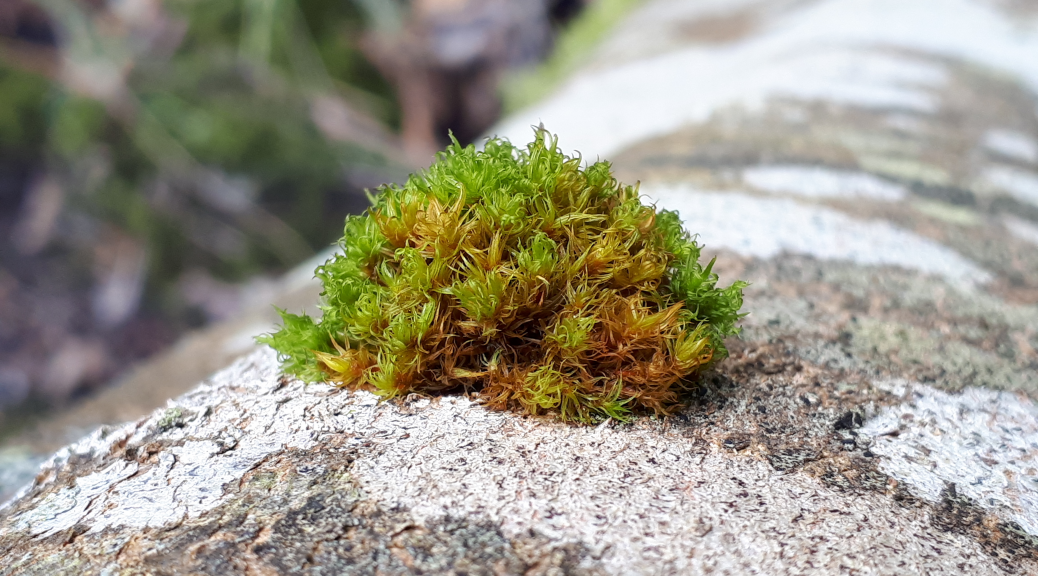
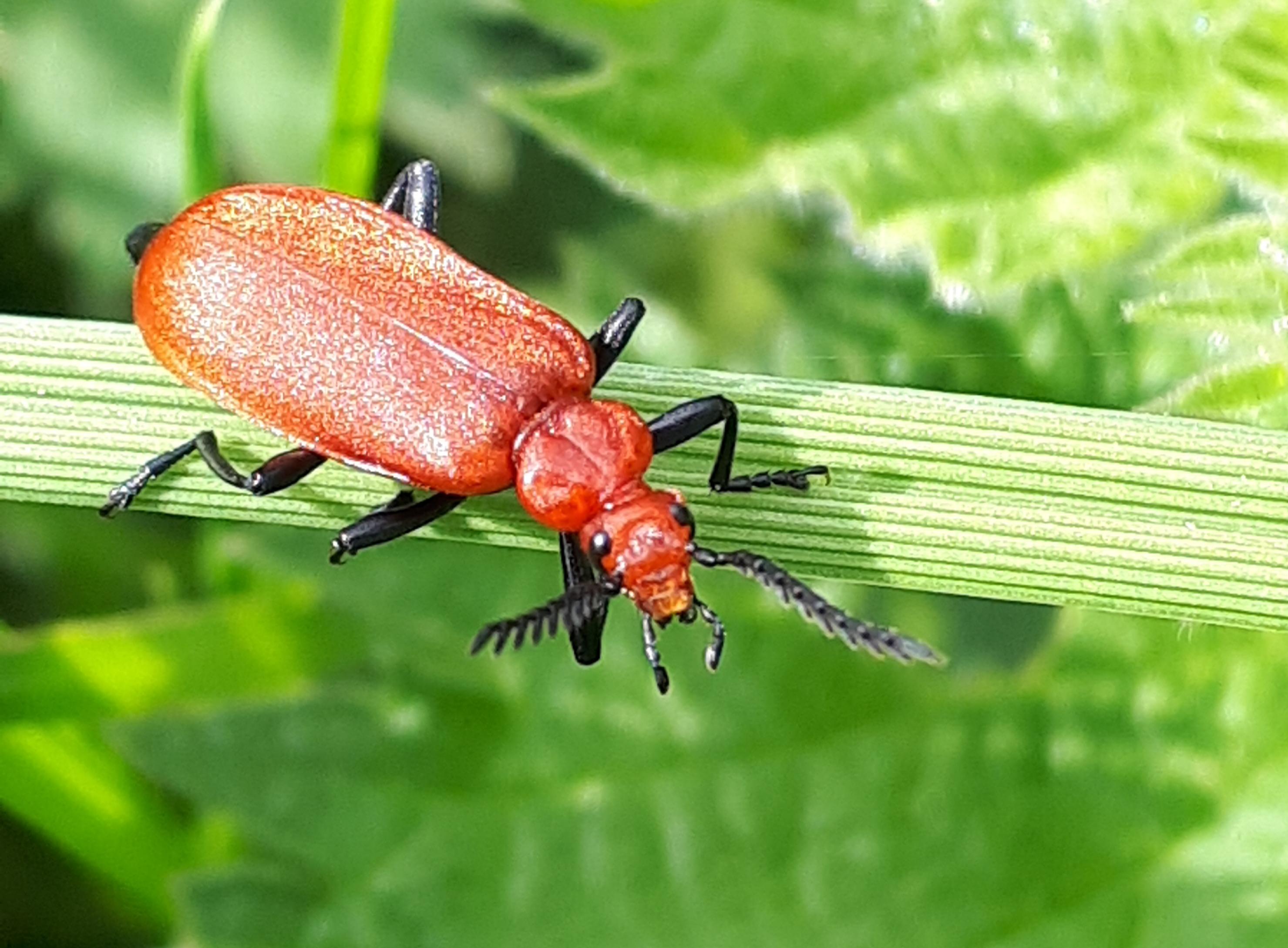
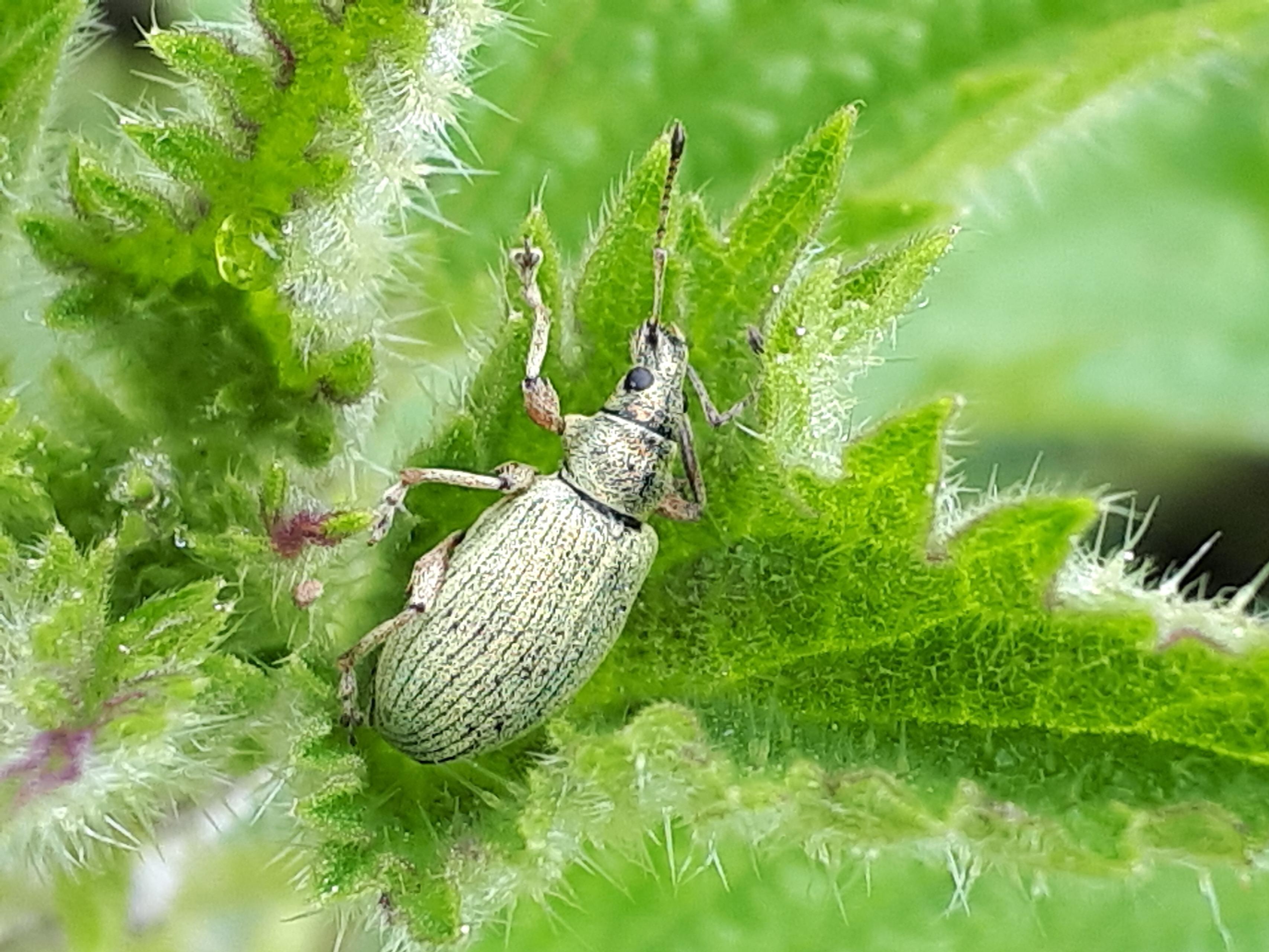
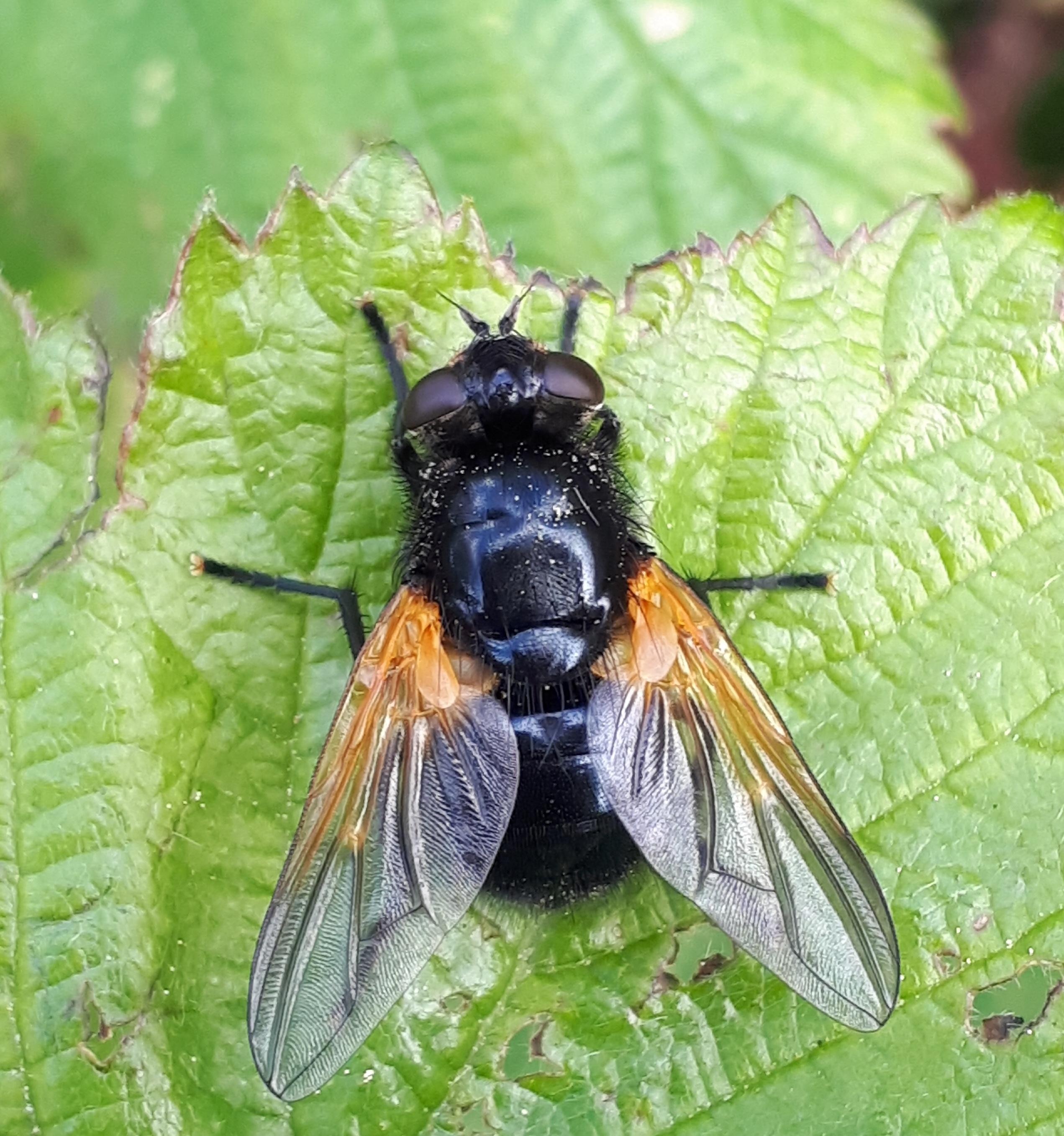 I dally for a bit longer at the bramble bush and focus my attention on the flying insects. There are hoverflies, dung flies, solitary bees and a myriad of other types of flying insect of all shapes and sizes. The longer I watch, the greater variety I see. The weather is cool so many are perched, finding what little warmth they can get from the sky. Briefly the sun shines and almost immediately a male orange-tip flies past. Remarkable how quickly it responds to a small increase in temperature.
I dally for a bit longer at the bramble bush and focus my attention on the flying insects. There are hoverflies, dung flies, solitary bees and a myriad of other types of flying insect of all shapes and sizes. The longer I watch, the greater variety I see. The weather is cool so many are perched, finding what little warmth they can get from the sky. Briefly the sun shines and almost immediately a male orange-tip flies past. Remarkable how quickly it responds to a small increase in temperature.